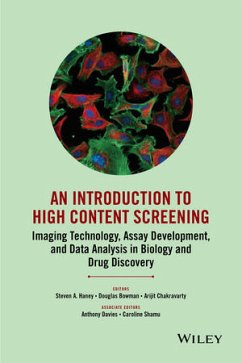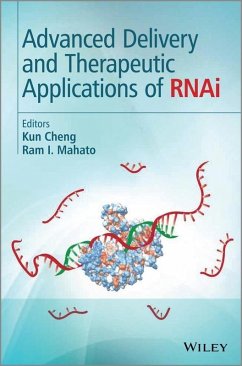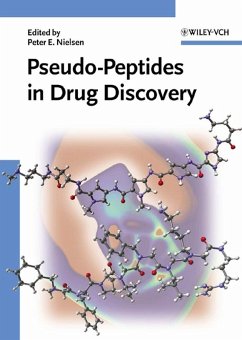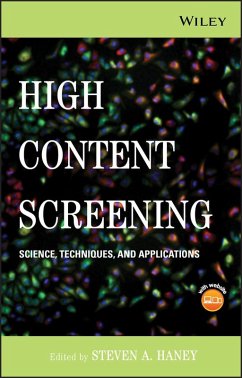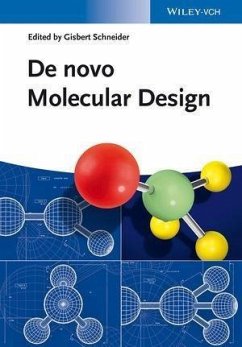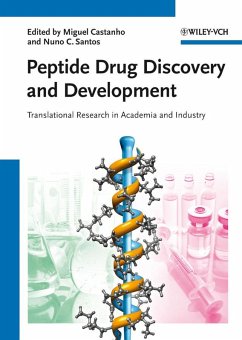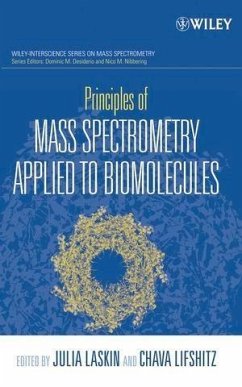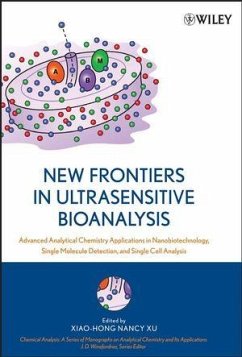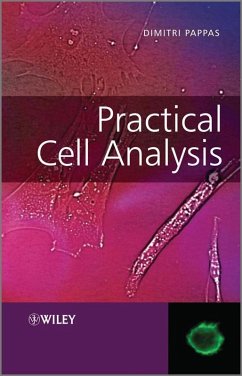
An Introduction To High Content Screening (eBook, PDF)
Imaging Technology, Assay Development, and Data Analysis in Biology and Drug Discovery
Redaktion: Haney, Steven A.; Chakravarty, Arijit; Bowman, Douglas
Versandkostenfrei!
Sofort per Download lieferbar
113,99 €
inkl. MwSt.
Weitere Ausgaben:

PAYBACK Punkte
0 °P sammeln!
Using a collaborative and interdisciplinary author base with experience in the pharmaceutical industry and academia, this book is a practical resource for high content (HC) techniques.
. Instructs readers on the fundamentals of high content screening (HCS) techniques . Focuses on practical and widely-used techniques like image processing and multiparametric assays . Breaks down HCS into individual modules for training and connects them at the end . Includes a tutorial chapter that works through sample HCS assays, glossary, and detailed appendices
. Instructs readers on the fundamentals of high content screening (HCS) techniques . Focuses on practical and widely-used techniques like image processing and multiparametric assays . Breaks down HCS into individual modules for training and connects them at the end . Includes a tutorial chapter that works through sample HCS assays, glossary, and detailed appendices
Dieser Download kann aus rechtlichen Gründen nur mit Rechnungsadresse in D ausgeliefert werden.




